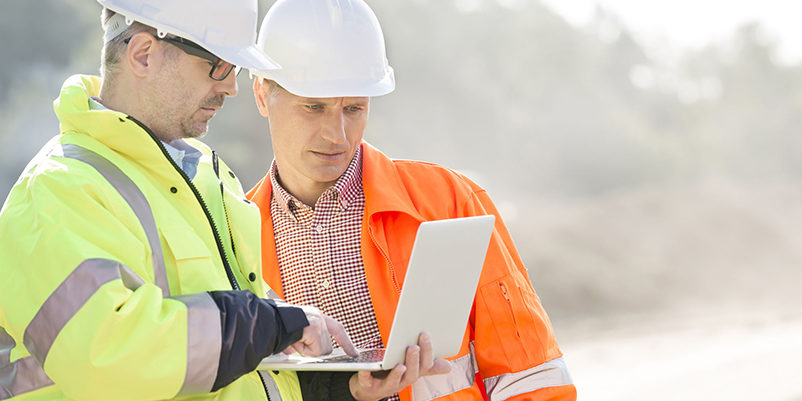For centuries, safety in the construction industry was left to common sense and on-the-job experience. In the late 1960s, worker safety become part of the national conversation and employers were required to provide their employees with working conditions that are free of known dangers, leading to the establishment of the Occupational Safety and Health Administration (OSHA) in 1971. Since then, OSHA has worked with the construction and other industries to set and enforce protective workplace safety and health standards.
Fast forward almost 50 years, and safety continues to be part of the construction conversation. The recent passing of the Construction Safety Act in NYC and contractor pressure to recruit, retain and protect their workforce amidst a skilled labor shortage means that construction organizations are relying on new and improved ways of keeping their workers safe. As the industry embraces digital, firms are utilizing safety technologies to collect real-time incident and hazard reporting to improve safety culture and best practices.
Here are some of the new and improved ways technologies are improving construction safety:
- Incident notification: One of the best ways to improve safety in the construction industry involves ensuring that incidents are properly recorded and documented. Understanding when, where and how things happen and taking steps to address risky behaviors to prevent future incidents is vital to improving workplace safety. Wearable technology such as Spot-r by Triax automates this process by automatically recording slips, trips and falls, which allows for quicker response post-injury as well as more thorough analysis after the fact.
- Hazard reporting: Instead of increasing risks and hindering safety by requiring workers to leave their posts to report site hazards or safety issues, technologies allows for real-time safety communication and hazard reporting. It’s more accurate, efficient and safe when the simple press of a button can notify supervisors – without delay – to an issue on site, enhancing the crew’s ability to resolve the situation and containing risk to other workers..
- Injury recordkeeping and reporting: At the beginning of 2017, OSHA mandated that construction companies upload injury reports electronically. By eliminating paper records and leveraging advanced, IoT-enabled technology, OSHA has improved incidence and compliance records. With that information, OSHA can better serve the construction industry. For example, a small-scale AGC study that used Bureau of Labor Statistics data from 2010 through 2012 determined that the risk for construction fatalities in construction increased as workers got older. This has informed efforts to educate and train older construction workers with “stretch-and-flex” and ongoing training efforts.
- Improving online training programs: Technology even allows for improved training programs that engage workers where they are, when they need it. OSHA or companies like Bongarde Media offer interactive online courses that teach contractors about all things construction safety or advise contractors on developing a robust safety compliance program.
Safety is vital to a contractor’s success. Not only does it boost the morale and confidence of every worker on the site, but it minimizes injury risks, enhances company productivity, prevents safety-related cost overruns, and improves overall bottom line. Technology is playing an increasingly important role in identifying and responding to risks on the job and is improving safety on the job.

